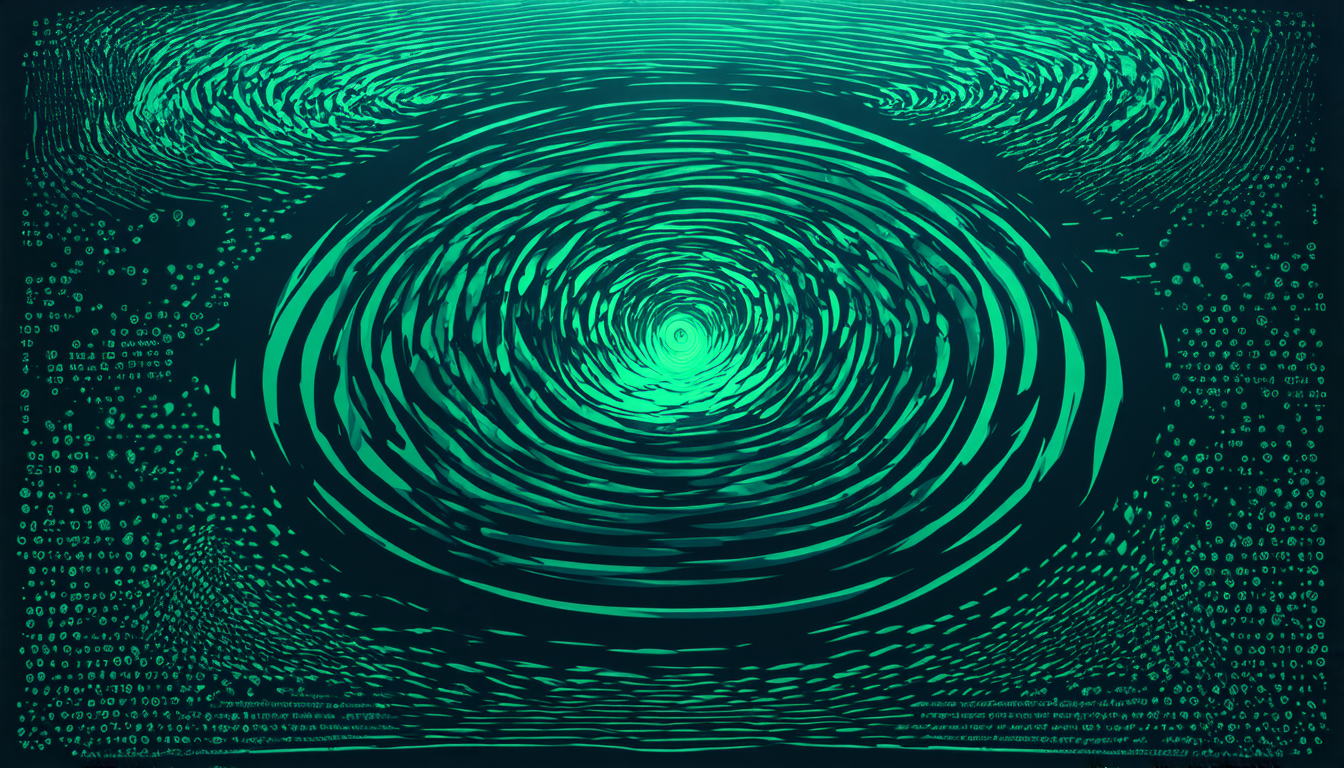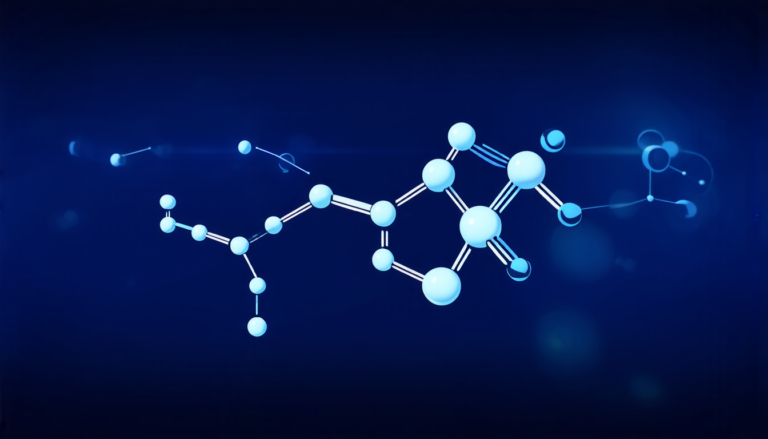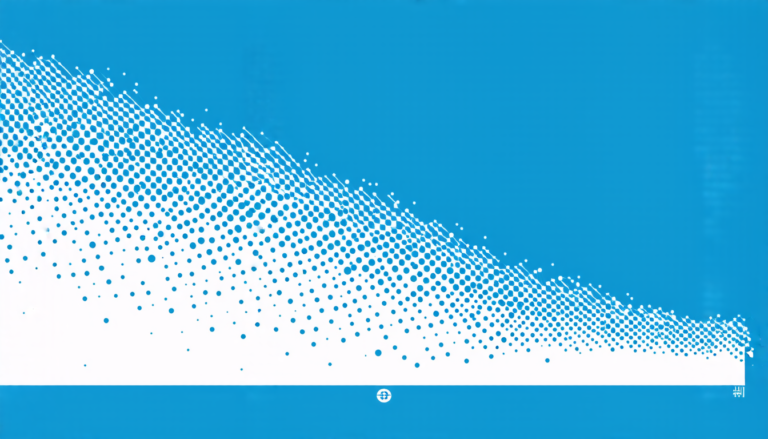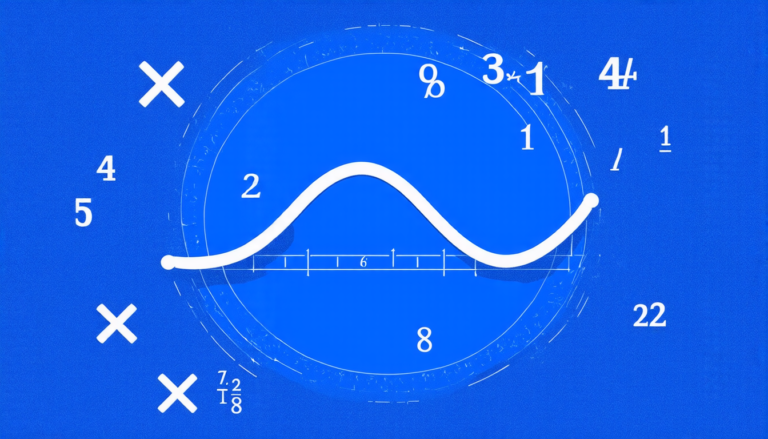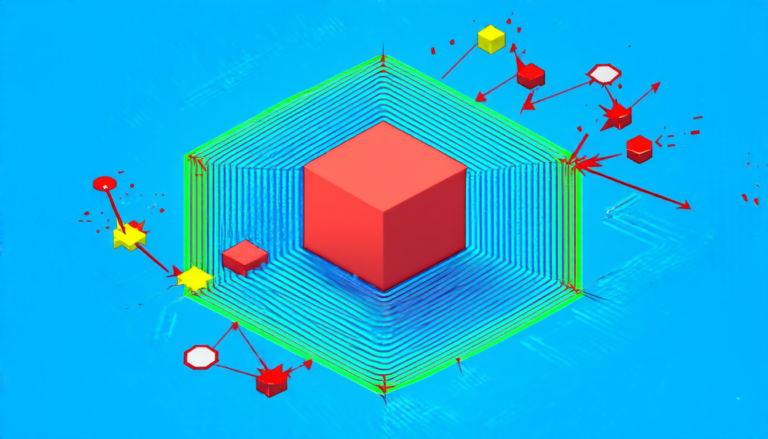Wednesday 16 April 2025
The Chamanara surface, a mathematical construct that has fascinated scientists for decades, has recently been explored in new and innovative ways. This ancient surface, named after its discoverer Reza Chamanara, is characterized by its unique properties of having infinite type and being covered with an infinite number of singularities.
Recent research has focused on the study of finite normal covers of this surface, which are essentially smaller versions of the original surface. These covers have been found to possess fascinating properties, such as having Veech groups that can be realized as projective groups of certain types.
One of the most intriguing aspects of these finite normal covers is their ability to exhibit Loch Ness monster-like behavior. A Loch Ness monster is a type of singularity that appears on the surface and has been found to have unique properties that set it apart from other singularities. The discovery of these monsters in the Chamanara surface has opened up new avenues for research into the properties of this ancient surface.
Another area of focus has been the study of the Veech groups associated with these finite normal covers. These groups are essentially symmetries of the surface that describe how it can be transformed through certain movements and transformations. The researchers have found that certain types of Veech groups, known as large Veech groups, are particularly interesting because they can be realized as projective groups.
The discovery of these large Veech groups has significant implications for our understanding of the Chamanara surface and its properties. It suggests that this ancient surface may have more connections to other areas of mathematics than previously thought, and could potentially lead to new breakthroughs in fields such as algebraic geometry and number theory.
In addition to their mathematical significance, these finite normal covers also have important implications for our understanding of the structure of the Chamanara surface. They provide a way to study the properties of this ancient surface in a more manageable way, by breaking it down into smaller pieces that can be analyzed individually.
Overall, the recent research on finite normal covers of the Chamanara surface has opened up new avenues for exploration and discovery in mathematics. The unique properties of these surfaces have the potential to lead to significant breakthroughs in our understanding of this ancient and fascinating area of study.
Cite this article: “Unlocking the Secrets of Infinite Translation Surfaces”, The Science Archive, 2025.
Chamanara Surface, Finite Normal Covers, Veech Groups, Projective Groups, Singularities, Loch Ness Monsters, Algebraic Geometry, Number Theory, Symmetries, Mathematics.

